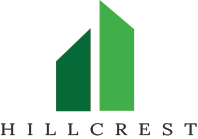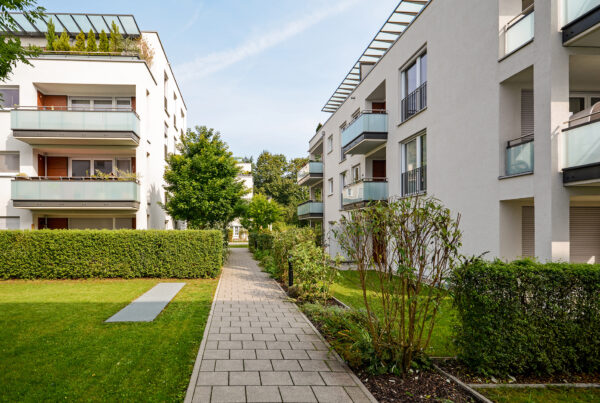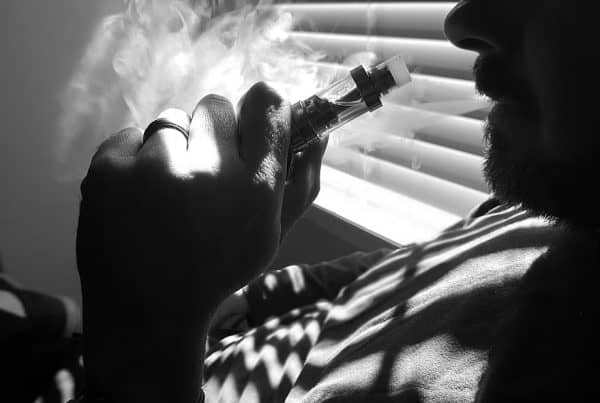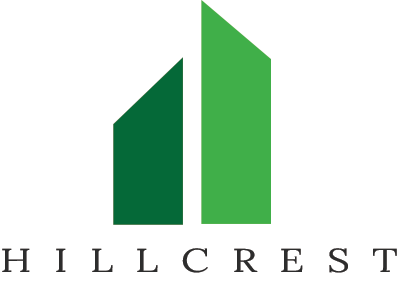Homeowners association rules play an important role in a community’s success. They help maintain peace, order, and harmony. The HOA board is responsible for enforcing these rules. To do that, board members must first understand what rules are, how they affect the association, and what happens when residents violate them.
What are the Homeowners Association Rules?
The rules and regulations, also known as operating rules, are part of an HOA’s governing documents. These rules expound on the Declaration of Covenants, Conditions, and Restrictions (CC&Rs), making them more specific. Rules govern how homeowners must behave, what they can and can’t do, and their obligations.
HOA Rules vs HOA Bylaws
Homeowners association regulations differ from the bylaws. While the bylaws are also a governing document, they pertain more to how the HOA must operate. The bylaws cover election procedures, meeting requirements, voting rights, and board responsibilities. They have more to do with the association’s internal structure and procedures.
In comparison, HOA rules dictate what homeowners can and can’t do. They cover everything from property maintenance and architectural standards to pet policies and rental restrictions.
Changing HOA Rules
The HOA board is responsible for enacting and enforcing operating rules. Unlike the CC&Rs and bylaws, changing the rules typically does not require a vote from the membership. Board members can pass a resolution to change the rules, requiring a board vote.
If homeowners want to change the rules, they should voice their concerns. They can do this by approaching the board directly or commenting at an open board meeting. Some HOAs even have a standing complaint or feedback system.
The Importance of Homeowners Association Rules and Regulations
Homeowners might find rules too restrictive, but they serve a crucial purpose in an HOA community. Rules help maintain peace, order, and harmony within the neighborhood.
For instance, rules concerning property maintenance and architectural standards add to curb appeal by maintaining consistency and cleanliness. Noise rules, pet policies, and rental restrictions help preserve the quality of life.
All in all, homeowners association rules keep property values high, which helps attract new residents and keeps existing ones satisfied.
Most Common HOA Rules and Regulations
Homeowners associations have differing types, needs, and priorities. For this reason, rules can vary significantly from one community to another. That said, some HOA regulations are more common than others. Below are the rules that homeowners will likely encounter.
1. Property Maintenance and Landscaping
One of homeowners’ primary responsibilities is maintaining their property’s exterior. Most HOAs require residents to keep their lawns well-mowed, bushes trimmed, and homes painted and in good repair. Regular maintenance helps preserve the community’s visual appeal and prevents the neighborhood from becoming rundown.
 2. Architectural Rules
2. Architectural Rules
Associations often have strict guidelines regarding home exterior changes. These rules seek to ensure that all changes remain consistent with the neighborhood’s overall look and feel. Homeowners may also need approval before making modifications, such as adding a fence, changing roof materials, or painting the house a different color.
3. Noise Restrictions
Many communities enforce noise restrictions to maintain peace. Loud noises, such as construction or parties, are often prohibited during certain hours. These HOA policies aim to prevent disturbances and ensure that all residents enjoy a quiet environment.
4. Pet Policies
Most HOA communities have specific rules about the types, sizes, and numbers of pets owners can keep. Some associations ban particular breeds, while others impose restrictions on pet behavior. Furthermore, HOA policies may require pet owners to keep their animals on a leash or prevent them from causing disturbances.
 5. Rental Restrictions
5. Rental Restrictions
Associations often restrict rentals. These rules typically aim to maintain the neighborhood’s character and stability. In some cases, the HOA may limit the number of rental properties in the community.
6. Occupancy Limits
Many HOAs set occupancy limits for homes to combat overcrowding. These rules restrict the number of people living in a single residence based on factors like the number of bedrooms and local building codes.
7. Parking and Vehicle Rules
HOA guidelines often include rules for parking and vehicle storage. These may include parking restrictions in driveways or streets, prohibitions on parking commercial vehicles, or requirements for residents to park in designated spaces.
8. Common Area Use
Many HOAs have shared amenities like parks, pools, and clubhouses. These amenities come with usage rules, which help ensure that everyone has fair access and that the areas are kept clean and functional. An HOA may also restrict smoking in certain common areas.
 9. Home Businesses
9. Home Businesses
Running a business from home can be convenient, but many HOAs place limits on home-based businesses. These rules may restrict the types of businesses allowed, the number of employees, or the amount of traffic. The goal is to maintain the residential nature of the community and limit disruptions.
10. Holiday Decorations
Decorating homes for holidays is a common tradition, but some HOAs limit when owners can display decorations and when they must remove them. For example, many communities allow decorations to go up only during certain seasons. They might also require them to be taken down after a set time.
11. Trash and Recycling
Associations typically set rules for trash and recycling, too. These can include the proper placement of trash bins, when they can be put out, and how to store them.
What Happens When You Violate HOA Rules?
Homeowners must follow the rules and agree to fulfill this obligation when they first join the association. If homeowners violate the rules, they face several potential consequences.
Fines are the most common penalty for violating homeowners association rules. The fine amount can vary based on the severity of the violation and whether the homeowner has previous offenses. Of course, Illinois law requires HOAs to provide notice and an opportunity to be heard before charging fines for violations.
Another way HOAs penalize homeowners is to revoke their privileges temporarily. For example, an HOA might prohibit an owner from using the amenities until they resolve their violation.
How to Find Homeowners Association Rules
Homeowners must understand their HOA’s rules and regulations. Unfortunately, many homeowners don’t even know what their rules are. Here are the ways to find an HOA’s rules.
- Upon Purchase. Buyers usually receive a copy of the HOA’s governing documents, including the operating rules, upon purchasing their property. They should ask their seller or agent to supply these documents if they don’t.
- Records Request. Homeowners have a right to inspect the association’s records, including the rules and regulations. Most HOAs have a set process for requesting records.
- HOA Website. If an HOA maintains a website, it usually makes a copy of the rules available online for perusal.
Understanding is Key
Both residents and board members must familiarize themselves with the homeowners association rules. In doing so, residents can avoid violations and board members can enforce the rules consistently.
Hillcrest offers HOA management services to communities in Chicago. Call us today at 630-627-3303 or contact us online to request a proposal!
RELATED ARTICLES:
- Can The Police Enforce HOA Rules?
- The Problem Of HOA Not Enforcing Rules And Selective Enforcement
- If You Have Pets, Check Your HOA Pet Restriction Guide ASAP





